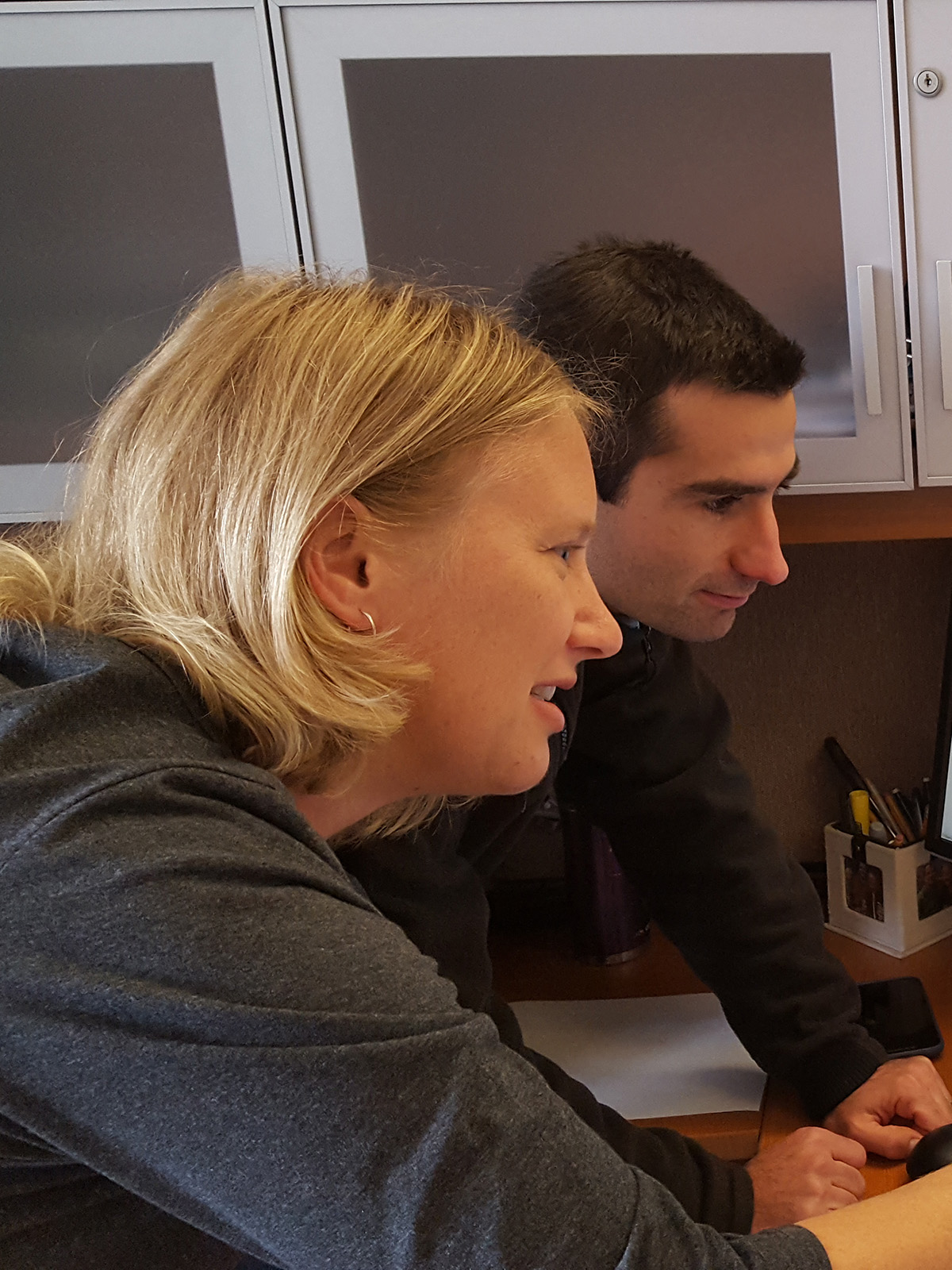Result for: Crops: Corn for grain 4R Practices: Metadata Project
Nitrogen Losses: A Meta‐analysis of 4R Nutrient Management in U.S. Corn‐Based Systems

Dr. Alison Eagle
Lead Researcher:
Dr. Alison Eagle
Scientist
Environmental Defense Fund
Start Date: 2014
End Date: 2014
Project Summary
Modern fertilization practices have fed the world, but unfortunately, they also contribute to serious environmental consequences – coastal dead zones and fish kills, acid rain, climate change, and stratospheric ozone destruction. These result most notably from nitrate (NO3) leaching and runoff, and nitrous oxide (N20) emissions coming from nitrogen (N) not taken up by crops. Improved fertilizer management is vital to efforts that seek to increase cropping efficiency and minimize these nutrient losses. Such improvements can enhance both farm profitability and environmental sustainability. Many studies have evaluated responses of yield to varying fertilization rates, some have measured losses of NO3 and a few have included N20 , but rarely have they considered these all together, and not in a way that accounts for multiple aspects of proper nutrient management or how these relationships vary with soil, climate, or crop type. A meta‐analysis of existing research would allow evaluation of many of these relationships and significantly enhance our understanding of what is controlling N use efficiency (NUE) and N loss pathways.
Answering these questions in a comprehensive and integrating manner will provide novel, region‐specific information that can be used to 1) estimate the magnitude of reduced fertilizer needs and reduced excess N under different scenarios of 4R management, 2) estimate the magnitude of NO3 and N2O losses under different scenarios of 4R management, 3) invest limited research dollars more strategically and 4) implement N management in ways that maintain or improve yields while minimizing environmental costs.

